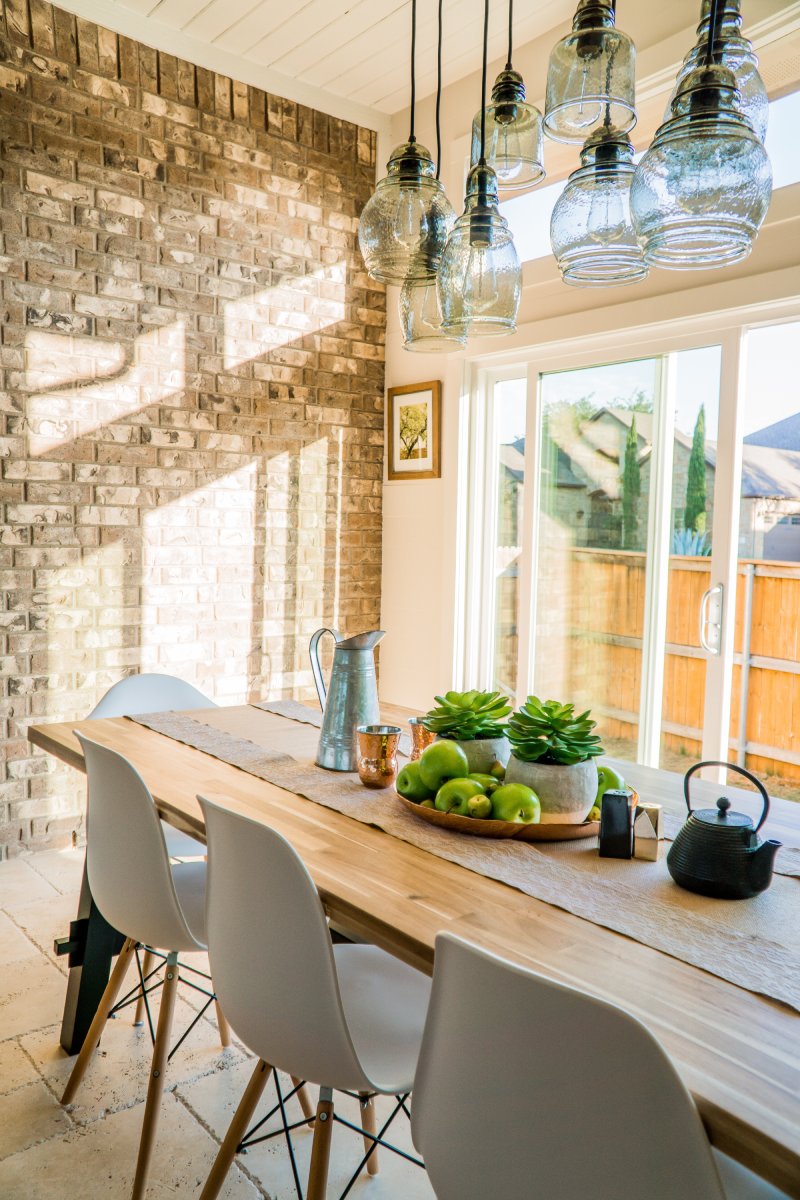Introduction
The home renovation provides an excellent opportunity to play our part in the increasing environmental challenges and the urgency to adopt sustainable practices. This blog post delves into how you can approach home remodeling with a green mindset, transforming your home while reducing its environmental impact. Let’s explore the reasons behind the need for sustainable home remodeling and its many benefits and walk through the content we’ll cover in this comprehensive guide.
Understanding the Need for Sustainable Home Remodeling
As we all witness the changing climate and other environmental challenges, the need for sustainable living is clearer than ever. One way to contribute to a more sustainable future is by applying green practices to home renovations.
Renovating your home sustainably goes beyond making it look better; it’s about improving the functionality and efficiency of your home while reducing its environmental impact. It involves considering every aspect of sustainability - from the choice of materials to waste management during construction. By adopting a sustainable approach to home remodeling, you are creating a healthier and more comfortable living space and playing a crucial role in conserving our environment.
Advantages of Green Home Renovations
Choosing to remodel your home with sustainability in mind comes with many benefits. Firstly, it leads to significant energy savings. Choosing energy-efficient appliances and materials can drastically reduce your energy consumption, leading to lower utility bills.
Secondly, green remodeling can enhance your home’s comfort and indoor air quality. For instance, low-VOC (Volatile Organic Compounds) products can improve indoor air quality, leading to a healthier living environment. And with better insulation, you’ll also experience improved temperature regulation inside your home, enhancing comfort levels throughout the year.
Furthermore, sustainable home remodeling can increase the value of your property. As more buyers become environmentally conscious, homes with green certifications or energy-efficient features tend to command higher prices in the real estate market.
Overview of the Blog Post Content
This blog post will delve into the essential aspects of green home remodeling. We’ll explore the three pillars of sustainability in home remodeling - economic, environmental, and social considerations. We’ll share tips on planning your renovation strategically and sourcing sustainable and eco-friendly materials.
We will also discuss how to incorporate energy efficiency in your remodel and conserve water effectively. The importance of using low-VOC products and responsibly managing construction waste will also be highlighted. Finally, we’ll guide you on hiring a green contractor who can ensure your renovation aligns with your sustainability goals.
In conclusion, this blog post is a comprehensive guide on how to renovate your home sustainably. We hope it inspires and equips you with the necessary knowledge to start your green remodeling journey. Now, let’s dive deeper into the world of sustainable home renovations!
The Pillars of Sustainability in Home Remodeling
Renovating your home with sustainability in mind revolves around three critical pillars: environmental, economic, and social considerations. Each pillar complements the others, working harmoniously to contribute to a holistic, sustainable renovation process.

Environmental Considerations: Use of Eco-friendly Materials and Techniques
The first pillar, environmental considerations, involves making choices that minimize harm to our planet. The renovation process can be adjusted to lessen environmental impact, from planning to construction. Choosing eco-friendly materials and techniques is an essential aspect of this pillar. For instance, consider using reclaimed or recycled materials, such as reclaimed wood or recycled metal, for your remodeling project. These materials help reduce the demand for new resources and decrease waste.
Selecting locally sourced materials can also be more environmentally friendly, as they require less transportation and thus emit fewer greenhouse gases. Also, consider sustainable techniques such as green insulation options, installing energy-efficient appliances, or adding solar panels. These will reduce your carbon footprint and lower your energy costs over time.
Economic Considerations: Cost-effectiveness of Sustainable Remodeling
The second pillar, economic considerations, involves examining the long-term cost-effectiveness of your renovation choices. Sustainable remodeling may seem costlier upfront, but the long-term savings often outweigh the initial investment. For example, installing energy-efficient appliances or a solar panel system can significantly decrease your monthly utility bills, resulting in considerable savings over time.
Consider the durability of the materials you choose. Sustainable materials often have longer lifespans than traditional materials, reducing replacement and maintenance costs. Also, homes with green features tend to have higher property values, a factor that could pay off when you sell your property.
Social Considerations: Impact on Local Community and Global Society
The third pillar, social considerations, deals with the impact your renovation choices can have on your local community and the larger global society. You support your local economy by hiring local contractors and purchasing locally sourced materials. On a broader scale, using fair-trade products and materials ensures that workers involved in their production are treated ethically and paid fair wages.
Your choices can also have an impact on global society. For instance, choosing renewable energy sources like solar power can help decrease global dependence on fossil fuels, reducing greenhouse gas emissions and mitigating climate change.
In conclusion, renovating your home sustainably requires a keen eye for your choices’ environmental, economic, and social implications. By incorporating these three pillars of sustainability in your remodeling project, you can help create a home that is not only beautiful and comfortable but also promotes a healthier planet and a fairer society.
Planning for Sustainable Remodeling
Proper planning is essential when embarking on a journey of sustainable remodeling. This planning phase will lay the groundwork for a successful green renovation, helping to ensure that your new, environmentally friendly home matches your aesthetic preferences and aligns with your commitment to sustainability. This phase comprises several key steps: setting green remodeling goals, preparing a realistic budget, and selecting the right green home improvement projects.
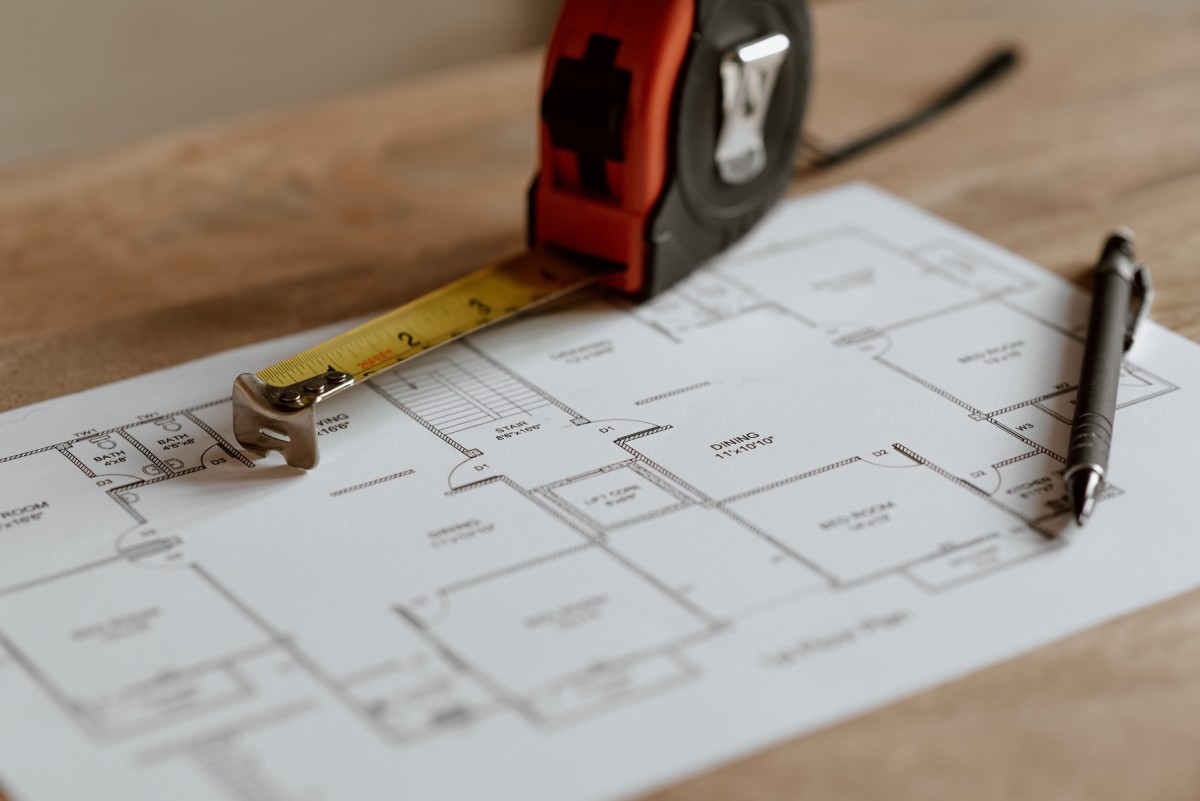
Setting Green Remodeling Goals
Setting your green remodeling goals is the first step in planning for sustainable remodeling. Define what sustainability means to you in the context of your renovation. Consider prioritizing energy efficiency, waste reduction, indoor air quality, or all of the above. Determine your must-haves and your nice-to-haves. For example, you might want energy-efficient appliances in your kitchen or a solar panel system on your roof. By identifying your green goals early on, you can create a clear path forward for your remodeling project.
Preparing a Realistic Budget
The next step is preparing a realistic budget. Sustainable remodeling can sometimes require a larger initial investment than traditional remodeling due to the cost of eco-friendly materials or energy-efficient appliances. However, the long-term cost savings and environmental benefits can far outweigh these initial costs.
Research the potential costs of the green features you wish to incorporate into your remodel. Request estimates from contractors specializing in sustainable remodeling to understand the total costs. Remember that you might also be eligible for tax incentives or rebates for certain energy-efficient upgrades. A realistic budget will allow you to make informed decisions about your project.
Selecting the Right Green Home Improvement Projects
Finally, it’s time to select the right green home improvement projects. Not all projects are created equal, and some will significantly impact your home’s sustainability more than others. Prioritize projects that align with your green remodeling goals and fit within your budget.
Energy efficiency upgrades, such as installing energy-efficient appliances or improving your home’s insulation, can significantly reduce your home’s energy consumption. If your goal is to reduce waste, consider projects like reusing materials from your home’s current structure in the remodel or choosing materials made from recycled content.
Remember that smaller projects can also contribute to your home’s overall sustainability. For example, installing low-flow fixtures in your bathrooms and kitchen can reduce water usage, while selecting paints and finishes with low or no volatile organic compounds (VOCs) can improve indoor air quality.
In conclusion, planning for a sustainable remodel involves:
- Setting clear green goals.
- Preparing a realistic budget.
- Selecting the right projects to meet those goals.
While the process requires careful thought and consideration, the result is a home that fits your needs and style and contributes to a healthier planet. By taking these steps, you’ll be well on your way to a successful sustainable remodeling project.
Sourcing Sustainable and Eco-Friendly Materials
An integral part of sustainable home remodeling involves carefully selecting and sourcing sustainable and eco-friendly materials. These materials can reduce the environmental impact of your renovation and contribute to a healthier indoor environment. To make an informed choice, it’s vital to understand why sustainable materials matter, how to identify them, and where to source them.

Importance of Selecting Sustainable Materials
Choosing sustainable materials is paramount to ensuring your remodeling project is truly green. This importance comes into play for several reasons.
First, sustainable materials typically have a lower environmental impact regarding resource extraction, manufacturing, and disposal. Using reclaimed or recycled materials, for instance, helps reduce the demand for new resources and decreases waste.
Secondly, these materials often contribute to healthier indoor air quality. Many traditional building materials release volatile organic compounds (VOCs), harming indoor air quality and posing health risks. In contrast, many sustainable materials are low-VOC or VOC-free.
Lastly, sustainable materials often have superior durability, meaning they’ll last longer and must be replaced less often, reducing their environmental impact over time.
How to Identify Eco-Friendly Materials
Identifying eco-friendly materials can be tricky, as not all “green” labels are created equal. Look for recycled or reclaimed materials, which means they’ve been made from previously used materials. Also, seek out sustainably harvested materials, like bamboo or cork, which regrow quickly after being harvested.
Look for certifications that validate a product’s sustainability claims. Certifications like the Forest Stewardship Council (FSC) for wood products, Green Seal for paints and finishes, or Energy Star for appliances can reassure that a product meets certain environmental standards.
Finally, consider the life cycle of the material. How long is it expected to last? Can it be recycled at the end of its life? The longer a material can be used, and the easier it is to dispose of responsibly, the more sustainable it likely is.
Tips on Where to Find These Materials
Once you know what you’re looking for, the next challenge is finding these materials. Here are some tips:
-
Start local: Local suppliers often have a good selection of sustainable materials, and buying locally reduces transportation emissions.
-
Look for suppliers that specialize in green building materials: These companies can provide many sustainable options and have knowledgeable staff to help you make informed choices.
-
Consider reclaimed materials: Architectural salvage stores, Habitat for Humanity ReStores, and similar outlets often have a wide array of reclaimed materials like doors, windows, and wood flooring.
-
Online shopping can also be a great resource: Many online stores specialize in sustainable building materials.
In conclusion, sourcing sustainable and eco-friendly materials is crucial in green home remodeling. By understanding the importance of sustainable materials, identifying them, and learning where to source them, you can ensure your remodel is eco-friendly. These considerations and your commitment to sustainability will pave the way for a greener, more sustainable home.
Incorporating Energy Efficiency in Your Remodel
Incorporating energy efficiency into your home remodel is essential to sustainable renovation. Energy-efficient homes minimize environmental impact and provide long-term cost savings for homeowners. To understand how to integrate energy efficiency, it is crucial to grasp what it means in the context of home remodeling, how to select energy-efficient appliances, and the importance of passive design strategies.
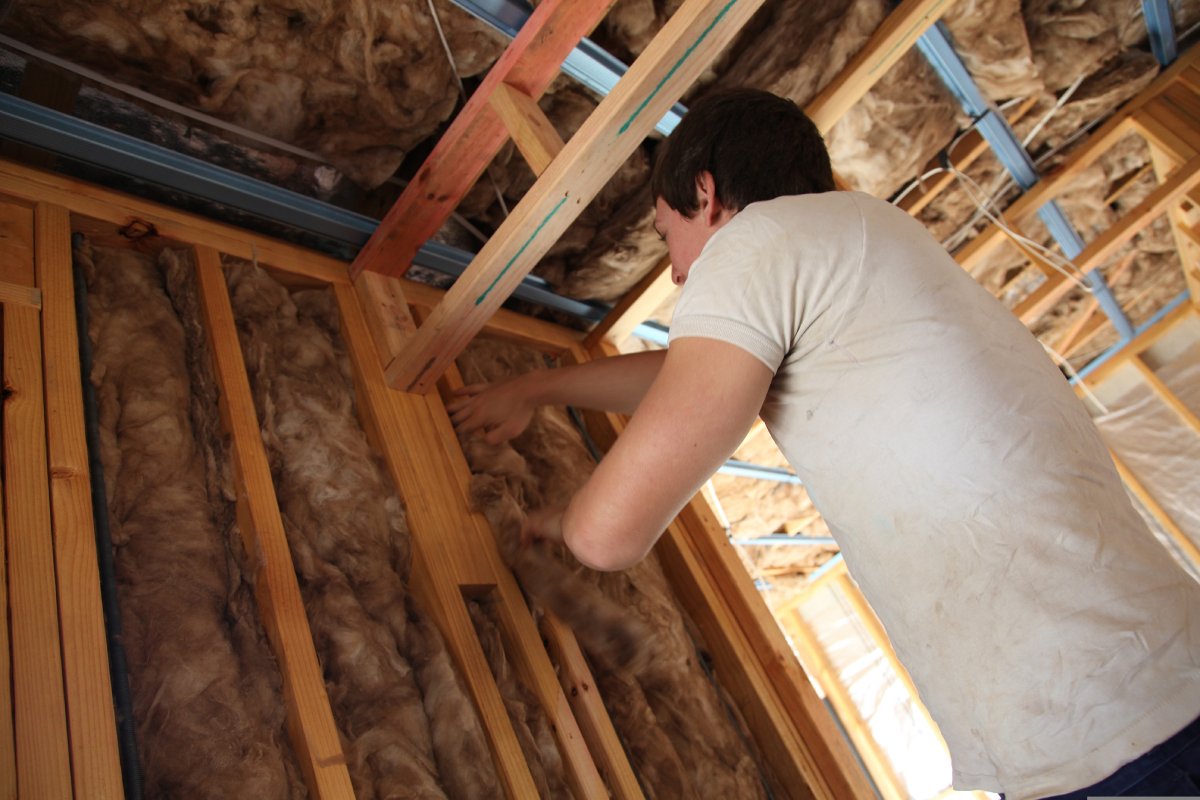
Understanding Energy Efficiency in Home Remodeling
Energy efficiency in home remodeling is about reducing the energy required to operate your home. This approach entails everything from the appliances you select to the home’s design. High insulation levels, efficient heating and cooling systems, energy-efficient lighting and appliances, and the strategic use of daylight are all key elements of an energy-efficient remodel.
Moreover, energy efficiency benefits both the environment and the homeowner. Using less energy reduces your carbon footprint, and with lower energy consumption comes decreased utility bills.
Choosing Energy-Efficient Appliances
When it comes to appliances, not all are created equal. Some appliances use far less energy than others, significantly impacting your home’s overall energy consumption. Here’s how to identify them:
- Look for the Energy Star label: Appliances with this label meet strict energy efficiency guidelines set by the U.S. Environmental Protection Agency and the Department of Energy.
- Research before purchasing: Not all Energy Star appliances are created equal. Some are more efficient, so it’s worth comparing models before deciding.
- Consider the entire lifecycle cost: Energy-efficient appliances may be more expensive upfront, but their lower operating costs often make them cheaper over their lifetime.
Implementing Passive Design Strategies
Passive design strategies harness the natural environment’s power to regulate your home’s temperature, reducing the need for artificial heating and cooling. Here are some strategies to consider:
- Orientation: Design your remodel to take advantage of the sun’s heat in winter and avoid it in summer.
- Insulation: Insulating your home reduces heat transfer, keeping your home warm in winter and cool in summer.
- Window placement: Windows should be placed to allow natural light in, reducing the need for artificial lighting. At the same time, shading and glazing can prevent overheating in summer.
- Natural ventilation: A good ventilation strategy can harness the wind to cool your home in summer, reducing the need for air conditioning.
In conclusion, incorporating energy efficiency into your remodel involves: Understanding what energy efficiency means for a home. Selecting energy-efficient appliances. Implementing passive design strategies. These steps will not only make your home more comfortable and less expensive to run, but they’ll also significantly reduce your home’s environmental impact. You are one step closer to a truly green home remodel by prioritizing energy efficiency.
Water Conservation in Green Remodeling
When thinking about sustainable remodeling, water conservation is an aspect that should be considered. As energy efficiency contributes to a greener home, so does mindful water usage. To effectively integrate water conservation into your green remodel, it’s necessary to understand its importance, the role of water-efficient fixtures and appliances, and innovative techniques like rainwater harvesting and greywater systems.

The Importance of Water Conservation
Water is a vital yet finite resource. As such, we must use it as efficiently as possible. Conserving water reduces the strain on our water supply, preserves ecosystems, and can save homeowners money by reducing water bills. Furthermore, water treatment and distribution consume a significant amount of energy, so saving water also means saving energy and reducing your home’s carbon footprint.
Installing Water-Efficient Fixtures and Appliances
One of the most straightforward ways to conserve water in a green remodel is by installing water-efficient fixtures and appliances. Here are some things to consider:
- Look for fixtures like faucets, showerheads, and toilets with the WaterSense label. This label, similar to the Energy Star label for appliances, signifies that a product is 20% more water-efficient than average products in that category.
- Choose an Energy Star-certified dishwasher and washing machine. These appliances not only use less energy, but they also use less water than standard models.
- Consider installing a hot water recirculation system. This system keeps hot water moving through your pipes, so you get hot water faster and waste less water waiting for it to heat up.
Innovative Water-Saving Techniques like Rainwater Harvesting and Greywater Systems
For those wanting to take their water conservation efforts to the next level, techniques like rainwater harvesting and greywater systems can be integrated into a green remodel.
- Rainwater harvesting involves collecting rainwater from your roof and storing it in a tank for later use. This water can be used for irrigation, washing cars, or flushing toilets, reducing demand for municipally supplied water.
- Greywater systems take the relatively clean wastewater from baths, showers, sinks, washing machines, and dishwashers, and after treatment, use it for non-potable purposes, like flushing toilets or watering the garden.
Implementing these systems does require careful planning and potentially additional permits, but they can significantly reduce your home’s water footprint.
In conclusion, water conservation is a critical component of green remodeling. By understanding its importance, installing water-efficient fixtures and appliances, and exploring innovative water-saving techniques, you can make your home more sustainable, preserve our precious water resources, and save money. Through these efforts, your green remodel can extend beyond energy efficiency and truly encompass all aspects of sustainability.
Embracing Low-VOC Products
A crucial yet often overlooked aspect of sustainable remodeling is the selection of low-VOC products. VOCs, or volatile organic compounds, are found in many common building materials and can negatively impact indoor air quality and health. To create a truly green and healthy home, it’s essential to understand VOCs, appreciate the importance of using low-VOC or VOC-free products, and know where to find them.

Understanding VOCs and their Impact on Health
Volatile Organic Compounds (VOCs) are gases emitted by certain solids or liquids, many commonly found in home renovation materials. These include paints, varnishes, sealants, adhesives, flooring, and cabinetry.
Exposure to VOCs can cause a variety of health problems. Short-term exposure can result in eye, nose, and throat irritation, headaches, nausea, and even liver, kidney, and central nervous system damage. Long-term exposure can potentially lead to chronic health conditions and has been linked to an increased risk of cancer.
The Importance of Using Low-VOC or VOC-Free Products
Given the potential health risks associated with VOCs, minimizing their presence in your home is critical, and a remodel is the perfect opportunity to do so. Opting for low-VOC or VOC-free products can greatly improve indoor air quality and reduce potential health risks.
Moreover, using these products aligns with the principles of sustainable remodeling. Just as we aim to reduce environmental harm through energy efficiency and water conservation, we should also strive to minimize damage to our health through our chosen materials.
Examples of Low-VOC Products for Home Renovation
Fortunately, awareness of VOCs has grown recently, and many manufacturers now offer low-VOC or VOC-free alternatives. Here are some examples:
- Paints: Many companies offer low-VOC or VOC-free paints. Look for labels like Green Seal GS-11 or the Master Painters Institute’s (MPI) Green Performance Standard.
- Adhesives and sealants: Look for low-VOC or VOC-free adhesives and sealants for installing flooring, tile, and countertops.
- Cabinetry and furniture: Choose solid wood or formaldehyde-free options. If choosing products made from composite wood, look for those certified by the California Air Resources Board (CARB).
- Flooring: Opt for natural materials like solid wood, cork, or tile. If choosing a carpet, look for the Carpet and Rug Institute’s (CRI) Green Label Plus, which signifies lower VOC emissions.
In conclusion, embracing low-VOC products is a key aspect of sustainable remodeling. By understanding VOCs and their impact on health, recognizing the importance of using low-VOC or VOC-free products, and knowing where to find them, you can create a healthier home for its occupants and more in harmony with the environment. These considerations, energy efficiency, water conservation, and sustainable materials, will make you remodel green.
Managing Construction Waste Responsibly
One often overlooked aspect of sustainable remodeling is the responsible management of construction waste. Home renovations inevitably produce waste, but with thoughtful planning and action, the landfill’s amount can be significantly reduced. Understanding the problem of waste generation, employing strategies for minimizing and reusing waste, and embracing recycling are all integral steps in managing construction waste responsibly.
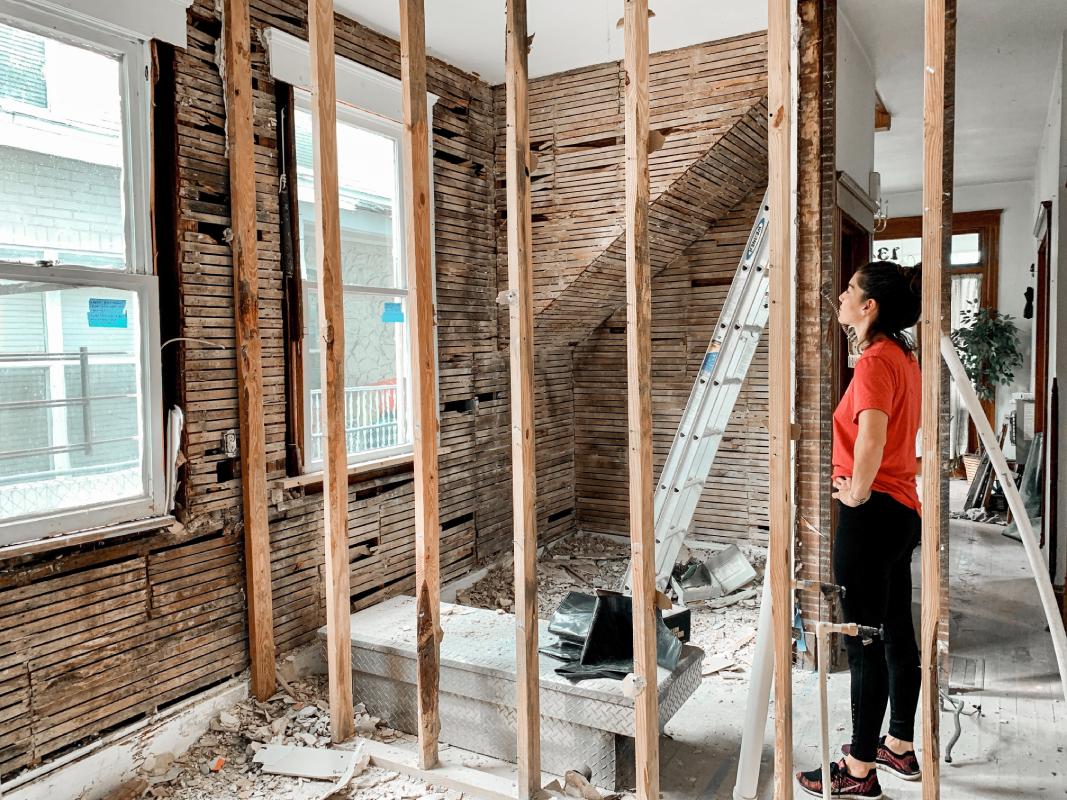
The Problem of Waste Generation in Remodeling Projects
Remodeling projects can generate substantial waste, including discarded materials, packaging, and damaged goods. This waste contributes to landfill overflow and represents a significant loss of resources and energy. Each item thrown away means more new items must be produced, which consumes more resources and energy, creating a cycle far from sustainable.
Moreover, some construction waste, like treated wood or materials with VOCs, can harm the environment if not disposed of properly, further highlighting the need for responsible waste management in green remodeling.
Strategies for Minimizing and Reusing Construction Waste
Minimizing and reusing construction waste should be a priority in every remodeling project. Here are some strategies:
- Plan carefully: Accurate measurements and careful planning can prevent overordering and reduce material waste.
- Salvage and reuse: Some materials can be salvaged and reused in your remodel, like doors, windows, or wood.
- Deconstruction instead of demolition: Instead of demolishing a space, consider deconstructing it. This slower process allows materials to be removed more carefully, preserving them for reuse.
- Donate or sell: Materials that can’t be reused in your remodel might be useful to someone else. Consider donating or selling them instead of throwing them away.
Importance of Recycling in Green Remodeling
Recycling is a critical component of responsible construction waste management. Some materials, like metal, cardboard, concrete, and some types of plastic, can be recycled, which reduces the amount of waste sent to landfill and the demand for new materials.
However, recycling construction waste often requires more effort than curbside recycling. You’ll need to find a facility that accepts construction waste and may need to sort the waste yourself. Some waste removal companies offer construction waste recycling services, which can simplify the process.
In conclusion, managing construction waste responsibly is important to sustainable remodeling. By understanding the problem of waste generation, implementing strategies to minimize and reuse waste, and recognizing the importance of recycling, you can significantly reduce the environmental impact of your remodel. These efforts, coupled with other green remodeling practices like energy efficiency, water conservation, and the use of low-VOC products, will help create a truly sustainable home.
Hiring a Green Contractor
When undertaking a green remodeling project, one key decision is the selection of a contractor. A contractor with a solid understanding of sustainable practices can be invaluable in helping you achieve your green remodeling goals. To ensure a successful project, it’s essential to understand the role of a contractor, how to evaluate a contractor’s commitment to sustainability, and what questions to ask potential green contractors.
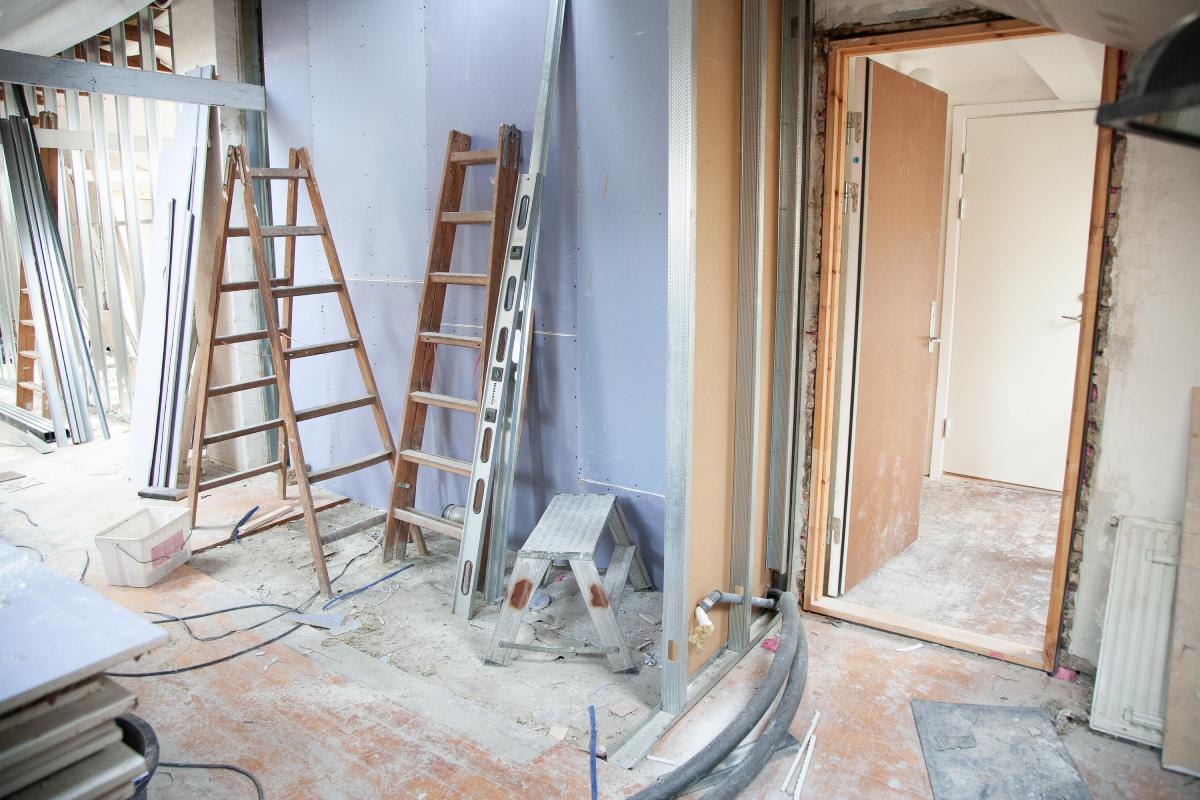
The Role of a Contractor in a Green Remodeling Project
A contractor serves as the overseer of your remodeling project. They are responsible for coordinating all aspects of the construction, including sourcing materials, hiring and supervising subcontractors, and ensuring the project is completed on time and within budget. In a green remodeling project, a contractor also plays a pivotal role in implementing sustainable practices, such as using eco-friendly materials, ensuring efficient use of resources, minimizing construction waste, and maintaining high indoor air quality.
How to Evaluate a Contractor’s Commitment to Sustainability
Evaluating a contractor’s commitment to sustainability is crucial when hiring for a green remodel. Here’s how you can do this:
- Credentials: Check if the contractor has green certifications, such as the LEED Professional Credentials or the National Association of Home Builders (NAHB) Certified Green Professional.
- Experience: Ask about their previous green remodeling projects and their approach to sustainability.
- Knowledge: Assess their understanding of green building principles, practices, and products.
Questions to Ask Potential Green Contractors
When interviewing potential green contractors, asking the right questions is important. Here are a few to consider:
- Can you share examples of your previous green remodeling projects?
- What is your approach to managing construction waste?
- Can you source and work with eco-friendly materials and low-VOC products?
- How do you ensure energy and water efficiency in your projects?
- Do you have any green certifications or continuing education in sustainable building practices?
Remember, the answers to these questions should demonstrate a theoretical understanding of green building principles and a practical commitment to sustainability.
In conclusion, hiring a green contractor is a significant step in your sustainable remodeling journey. By understanding the role of a contractor, knowing how to evaluate their commitment to sustainability, and asking the right questions, you can ensure you have a partner who shares your vision of a greener, healthier home. These efforts, in combination with other sustainable remodeling practices, will make your remodel truly eco-friendly, creating a home that is both comfortable and in harmony with the environment.
Conclusion
As we conclude this comprehensive guide on green home remodeling, let’s recap the importance of this approach and the benefits you can expect from implementing these tips. And, as with any journey, the first step is often the most important.

Recap of the Importance of Sustainable Home Remodeling
In today’s world, sustainable home remodeling isn’t just a trend; it’s a necessity. Traditional remodeling projects can have a significant environmental impact, from the waste they generate to their energy consumption. Sustainable remodeling, on the other hand, offers a more responsible alternative. By keeping sustainability at the forefront of your renovation, you’re not just creating a more comfortable and efficient home for yourself. Still, you’re also contributing to a more sustainable and resilient world.
The importance of sustainable remodeling goes beyond the environmental benefits. It also promotes healthier indoor air quality, which can enhance the well-being of the home’s inhabitants. Plus, many green remodeling strategies can result in long-term cost savings through energy and water efficiency.
Benefits of Implementing the Discussed Green Remodeling Tips
You can expect numerous benefits by implementing the green remodeling tips discussed in this guide. These include:
- Reduced Environmental Impact: By choosing eco-friendly materials, minimizing waste, and maximizing energy and water efficiency, your remodel can significantly reduce its environmental footprint.
- Healthier Home: Using low-VOC products and promoting good indoor air quality can create a healthier living environment.
- Cost Savings: While some green remodeling strategies may require a larger initial investment, they often pay for themselves in the long run through reduced utility bills.
- Enhanced Home Value: A green home can appeal more to potential buyers, potentially increasing your home’s resale value.
Encouraging Readers to Take the First Step Towards Sustainable Home Renovation
If you’re ready to embark on your green remodeling journey, remember that every step counts, no matter how small. Whether it’s choosing a low-VOC paint, installing a water-efficient fixture, or hiring a green contractor, each decision brings you closer to a more sustainable and healthier home.
Sustainable home remodeling may seem daunting initially, but it’s an attainable goal with careful planning and the right approach. Start by setting realistic sustainability goals for your project, prepare a budget for eco-friendly materials and technologies, and then take it step by step. It’s a journey worth embarking on for your own benefit and our planet’s well-being.
In conclusion, sustainable home remodeling represents an exciting opportunity to transform your home and positively impact the environment. It’s a testament to how individual actions can contribute to global sustainability goals. So, start today, take that first step, and create the green home of your dreams!

